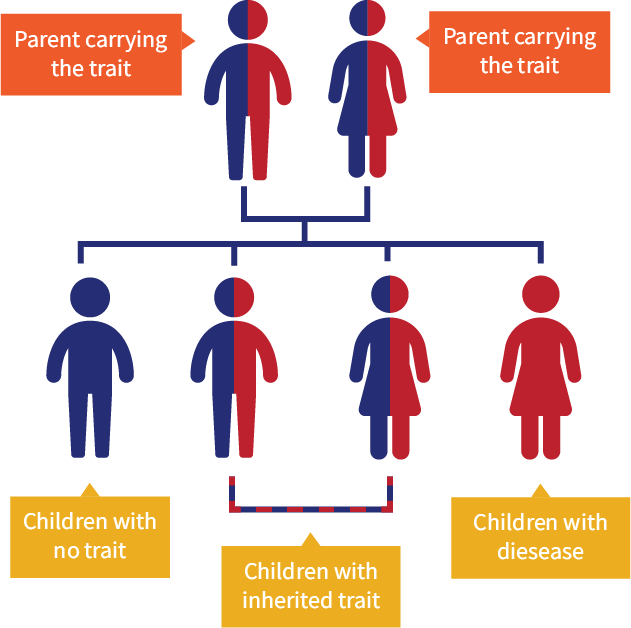What is sickle cell trait?
SCT vs SCD
Hemoglobin is a protein in the red blood cell which carries oxygen, so that oxygen can be delivered throughout the body. Normal hemoglobin is called hemoglobin A and sickle hemoglobin is called hemoglobin S. Sickle cell trait occurs when a person has one sickle hemoglobin gene inherited from one parent and one normal hemoglobin gene inherited from the other parent. Sickle cell trait is the presence of hemoglobin A and S on the test for sickle hemoglobin. Sickle cell trait does NOT cause sickle cell disease.
How is the trait passed on?
Who can inherit sickle cell disease or sickle cell trait?
Anyone who has at least one parent with at least one sickle hemoglobin gene can inherit sickle cell trait. The sickle gene is present in many communities, including:
African American or African – particularly sub Saharan Africa
Middle East
Latin America and the Caribbean
Mediterranean (Greece and Italy)
India
However, just about anyone can inherit sickle cell trait if one or both parents have the sickle hemoglobin gene. Babies born in the US and many other countries are screened for the gene at birth with a test called "newborn screening." Pregnant women are also screened for the sickle hemoglobin gene.
How can I be tested?
In addition to newborn screening, a simple blood test—called a hemoglobin electrophoresis—can be performed by your doctor. The test will tell if you are a carrier of the sickle hemoglobin gene or if you have other abnormal hemoglobins that, when paired with a sickle cell gene, may result in sickle cell disease.


